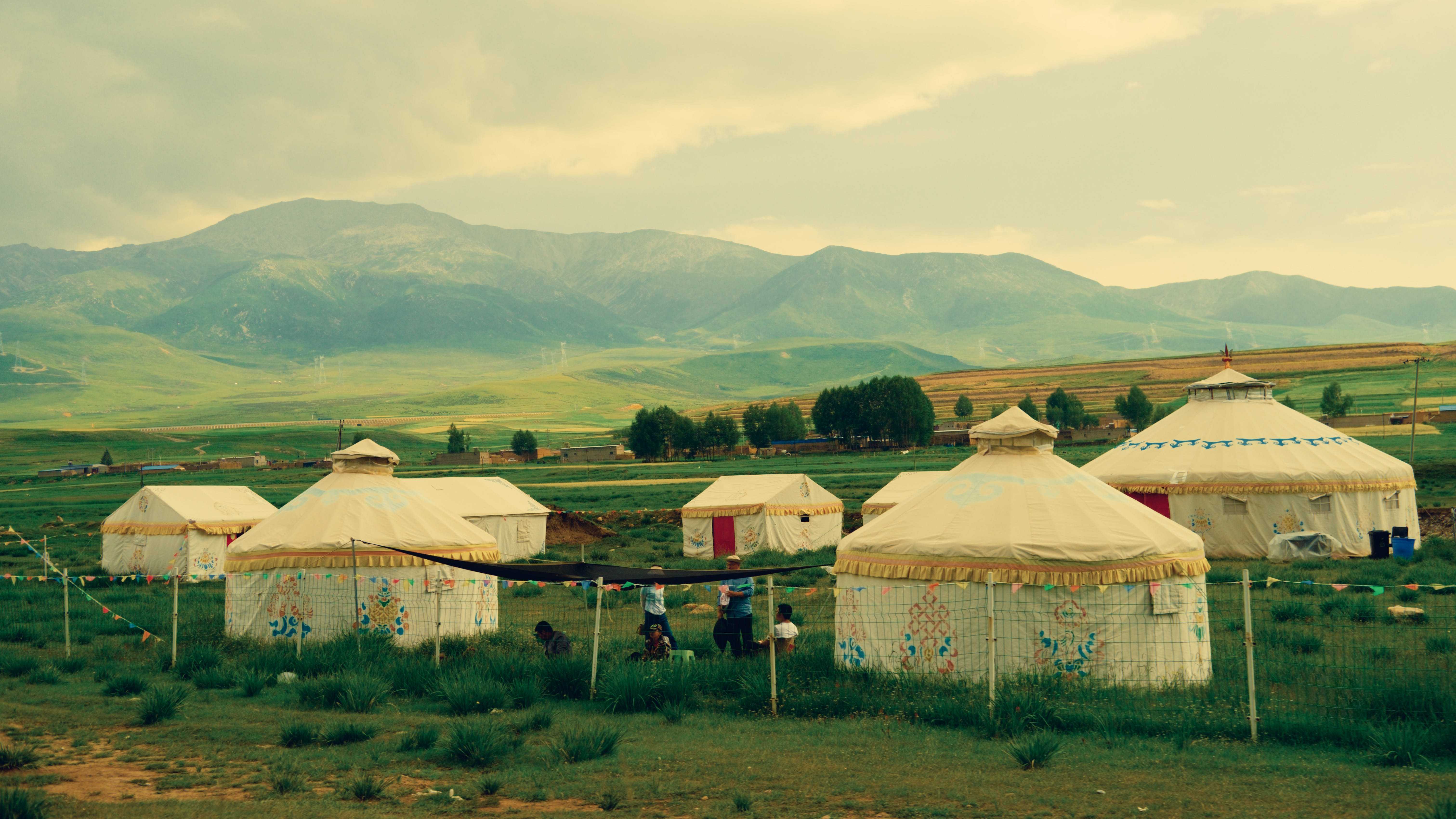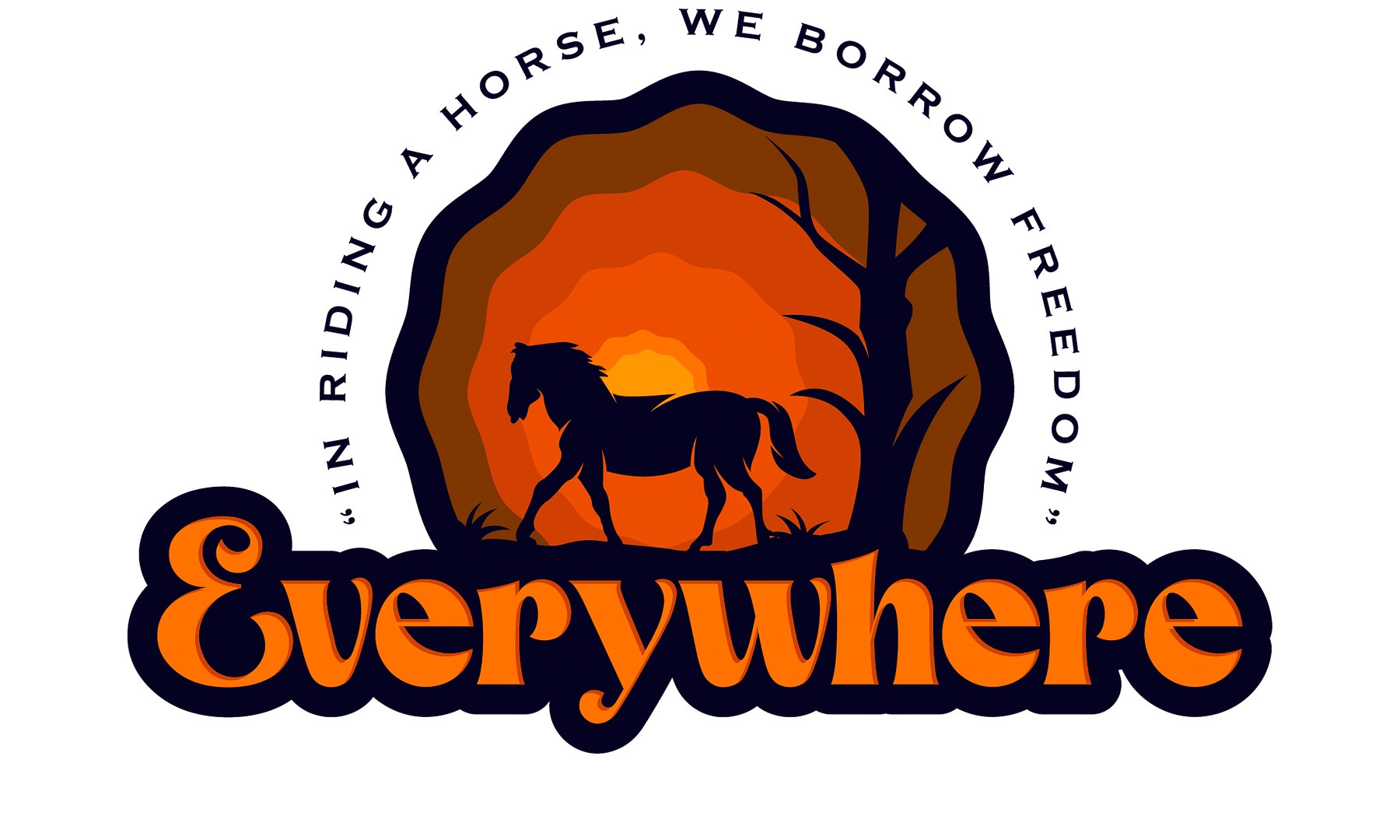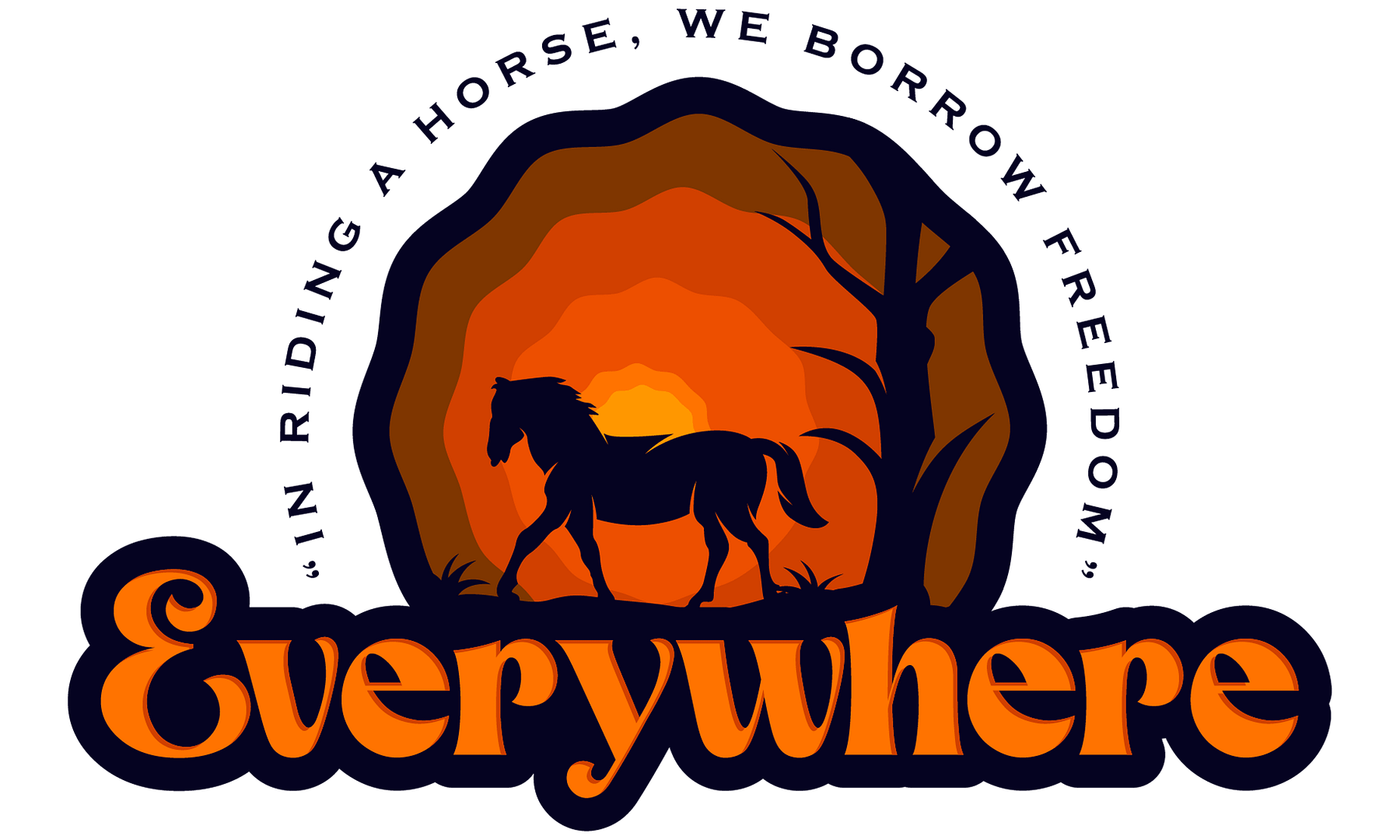
The nomadic lifestyle is one of the most diverse and compelling lifestyles adopted by various cultures around the globe, which have existed for thousands of years. It is a way of life that primarily centers on movement, as well as taking refuge from place to place, in search of grazing land, water, and other resources. This way of life is deeply connected with the natural environment and requires a profound understanding of the land and its cycles.
Adaptation and Survival
Nomads have developed highly adaptive strategies to survive in some of the most challenging environments on Earth, ranging from the vast deserts of North Africa and the Middle East to the steppes of Central Asia and the tundra of the Arctic. Their mobility allows them to optimize resource use without depleting any single area, a practice that has contributed to their sustainability for millennia. This lifestyle has fostered a unique set of skills, including animal husbandry, navigation, and weather forecasting, passed down through generations.


Cultural and Social Structures
The social and cultural practices of nomads have varied as the landscapes that they inhabit. These communities often have rich oral traditions like stories, songs, and poems, serving as a means of preserving their history and knowledge. The leadership structure in nomadic societies, can vary greatly, but typically they are characterized by a major community spirit and egalitarian principles, where decisions are made collectively.


Economic Practices
The economics of nomadic groups boils down to livestock herding, mainly goats, sheep, camels, and horses. These animals offer not only food (milk, meat) and other materials from their wool and leather, but they also act as a means of wealth and social status within the community. The goods and services exchange within and between nomadic groups occurs usually through barter systems, markets, or, sometimes, by integrating into the global economy with their handmade crafts or other products.


Challenges and Current Issues
Nowadays, the nomadic way of life faces substantial challenges that include climate change, the process of privatization of land, and the pressures brought by modernization. These threats the delicate balance between nomadic communities and their environment, bringing decreased mobility and thus conflicts over land use. Along with this, many young members from nomadic societies are tempted to follow the trendy urban life and economic opportunities.
Despite these challenges, nomadic cultures continue to persist, adapting to the modern world while striving to preserve their heritage and way of life. Their resilience and deep connection to the environment, gives us example of sustainability and living harmoniously with nature.



